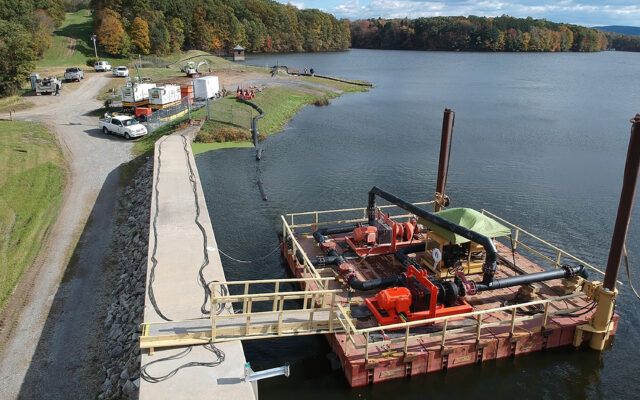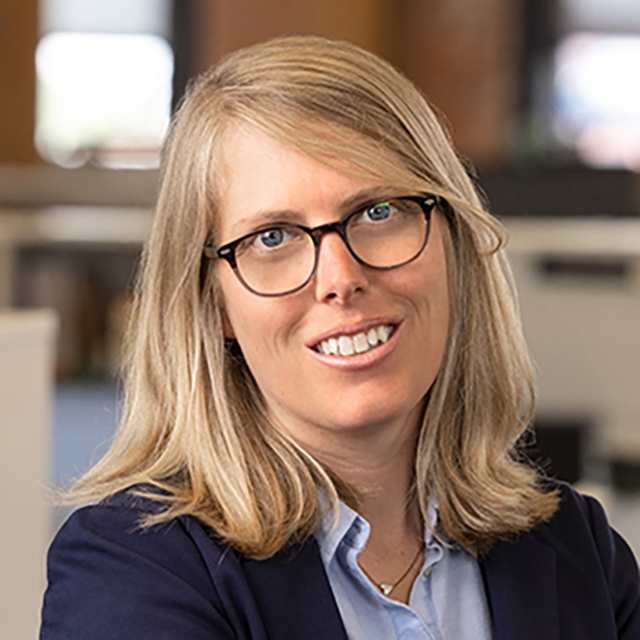Forever No More? PFAS Soil Cleanup Objectives Removed From NYS Part 375 Regulations

The latest revisions to the New York State Part 375 regulations (i.e., those that govern environmental remediation) have been a long time coming. In late 2021, the New York State Department of Environmental Conservation (NYSDEC) issued proposed revisions to these regulations and kicked off a tumultuous public comment period, which ran through April 2022.
This is where the plot thickened; after receiving a deluge of comments covering controversial topics such as tax credit eligibility, cover systems, soil cleanup objectives (SCOs), and—spoiler alert—adding certain “forever chemicals” to the SCO list, New York State opted not to adopt the revisions but rather regrouped with relevant stakeholders to reassess. Based on these conversations and additional research, new proposed revisions to the Part 375 regulations were issued on February 14, 2024.
While the latest proposed version of the regulations clearly addresses some of the uproar over the 2021 version, that’s the subject of another blog post (or ten). You’re here to read about the proposed changes to SCOs for perfluorooctanoic acid (PFOA) and perfluorooctane sulfonic acid (PFOS).
I won’t get into the chemistry of these emerging contaminants (you can read about that here), but it’s important to remember that PFOA and PFOS are some of the more toxic and prevalent polyfluoroalkyl substances (PFAS) found in the environment. Through decades of use, these compounds have become ubiquitous in the environment (not to mention our bloodstreams), which becomes challenging if you’re a Brownfield geologist trying to understand if a PFAS release warranting remediation may have occurred at your site.
Back to the regulations, the 2021 version of the proposed Part 375 regulations had added “interim” values for these compounds to the SCO list. The Unrestricted Use SCOs were 0.66 ng/g for PFOA and 0.88 ng/g for PFOS. In addition, a note was added indicating these interim values were subject to change as the scientific understanding of these compounds evolved.
Around this same time frame, statewide shallow soil studies were underway in Vermont and Maine to evaluate background concentrations of PFAS. While PFAS are synthetic and there are no natural concentrations present in the environment, these studies may inform more realistic remediation objectives. Both studies sampled the top six inches of the soil column. Between 60 and 70 samples were collected in each study and sample locations were evenly distributed across each state in a variety of “urban” and “non-urban” areas.
The Vermont study found detectable levels of PFOA in more than 50% of samples while PFOS was found in 100% of samples. Discounting one PFOS outlier, concentrations of detected PFOA and PFOS ranged from 0.052-4.900 ng/g and 0.110-9.700 ng/g, respectively.
Similar concentrations were identified in the Maine study, where concentrations of PFOA and PFOS maxed out at 5.29 ng/g and 4.35 ng/g, respectively. However, the state of Maine took their study a step further, using this data to calculate Interim Background Threshold Values (BTVs). The established BTV for PFOA in urban and non-urban settings is 2.18 ng/g. The BTVs for PFOS are 0.551 ng/g for non-urban settings and 3.036 ng/g for urban settings. Remember, the NYS interim Unrestricted Use SCOs for PFOA and PFOS were well below most of these background values.
The good news is New York State is finishing up their own background soil study for PFAS, with all data due back to NYSDEC in March. This geologist can only imagine levels similar to the Vermont and Maine studies will be identified. We don’t know what that means in terms of long-term SCOs for PFOA, PFOS, and other PFAS, but I can tell you NYSDEC has made the prudent decision to hold off on including these SCOs until real-world data is available.
Interested in learning more about the latest proposed revisions to the Part 375 regulations? Check back for upcoming blog posts from LaBella’s Brownfield team!

About the Author
Jennifer Gillen, PGDirector of Environmental
Jennifer has 15 years of experience at LaBella and has held various roles. including the Phase I ESA Program Manager, the Phase II ESA Program Manager, the Brownfield Remediation Program Manager, and the Environmental Operations Manager. In addition to working on hundreds of Phase I and II ESAs throughout her career, she has managed numerous projects in the NYSDEC Brownfield Cleanup Program and coordinated frequently with other leaders at LaBella to provide a comprehensive suite of services to her clients.
As Director of Environmental, Jennifer is responsible for managerial oversight of the firm’s environmental consulting and construction projects and personnel. She is also focused on building client partnerships, developing new service offerings, and expanding into new geographic areas.